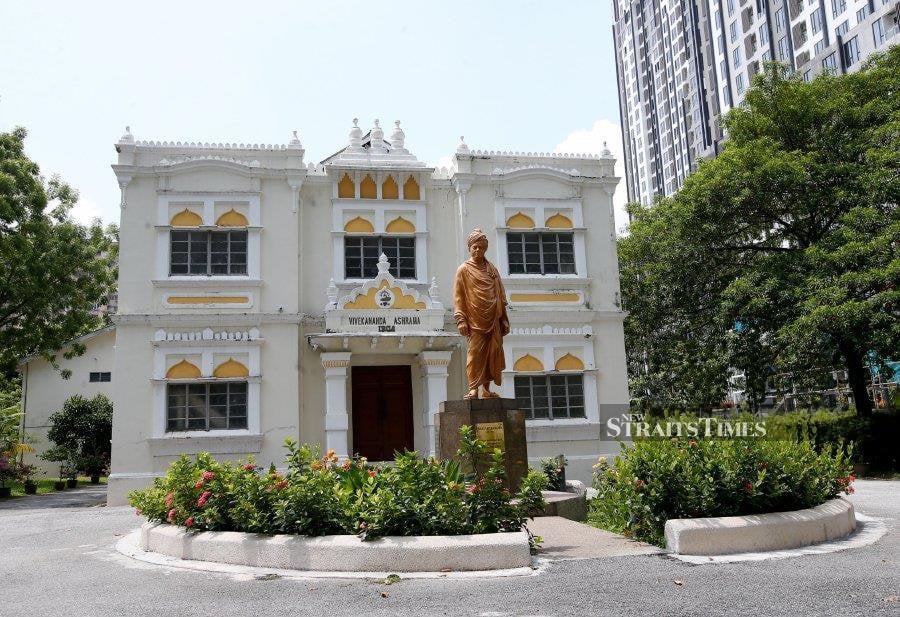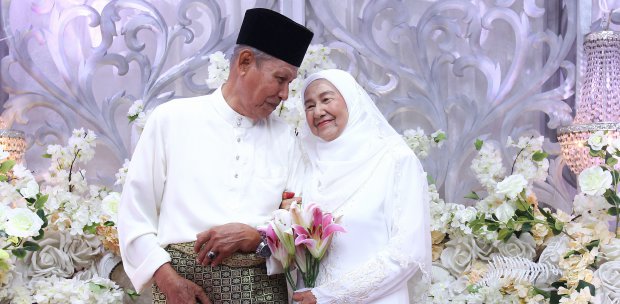KUALA LUMPUR: The historic Vivekananda Ashrama in Brickfields here has faced two threats to its survival since 2004.
Now, once again, it finds itself in jeopardy as a new threat emerges, leaving its fate hanging in the balance.
The land on which the 120-year-old building sits has been earmarked as a major commercial zone with a high plot ratio in the proposed Kuala Lumpur Local Plan (KLLP 2040), raising doubts about its heritage status.
This designation has sparked concern among Brickfields residents and supporters, who fear that the land may become a target for redevelopment.
Past events concerning the site have intensified these worries, as the ashram management had previously contemplated selling the land in 2004 and building a 23-storey condominium on the surrounding plot of land in 2014.
These proposals were met with strong opposition from the community and heritage advocates.
Eventually, the building was granted official heritage status by the National Heritage Department on June 16, 2016.
Tamilwanan, a former Brickfields resident, said designating the Vivekananda Ashrama site as a commercial zone in a heritage area lacked justification, particularly since it was gazetted under the National Heritage Act 2005.
He finds this contradictory.
Instead, he said, the zoning should be amended to private community facilities as the KLLP 2040 draft provides for a zoning category for such facilities.
"There's more to Kuala Lumpur than being viewed through the lens of real estate value.
"Throughout history, the capital has been celebrated for its diversity, shaped by the collaborative efforts of its communities. Why are we willing to let go that which made us who we are today?" said Deva Kunjari Sambanthan, whose late mother, Toh Puan Uma Sambanthan, played an active role in efforts to preserve the ashram in 2004 and 2014.
Vivekananda Ashrama stands as a testament to the legacy of Jaffna (Sri Lankan) Tamil immigrants, who established it in 1904 to honour Swami Vive-kananda.
Renowned for introducing vedanta and yoga to the Western world, Swami Vivekananda's teachings resonated deeply, attracting contributions not only from Jaffna Tamil immigrants but also the wider Indian community, including South Indians.
Dedicated to fostering education and spiritual growth among the youth and community, this institution holds profound cultural significance.
"When I look at the ashram, I see a national heritage shared by Malaysians," said Deva Kunjari.
"There are a microcosm and a broader issue at stake here. The overarching concern is that identity isn't one-dimensional; it's multi-faceted.
"In Malaysia, our identity is a rich tapestry, not a single thread."
This heritage site, she added, stood as a testament to the shared history and contributions of Malaysians.
Therefore, it deserved celebration and preservation by people, she added.
The ashram has served as the starting point for numerous cultural luminaries, including Datuk Ramli Ibrahim and the Temple of Fine Arts, both of which have since become cultural icons.
Ramli said: "The determination with which the forces that want to see the Vivekananda Ashrama destroyed is amazing and relentless.
"I remember a few years ago, the public tried to save this building and we thought we had gained ground."
Reflecting on his connection to the ashram, he said: "Vivekananda Ashrama was where I first began my dance classes."
The Odissi exponent said: "I'm deeply invested in the preservation of our heritage buildings.
"This one holds tremendous significance that ties us to our past.
"It's imperative that we refrain from destroying it for mere profit and commercial interests. It would be a tragic loss if we allowed that."





